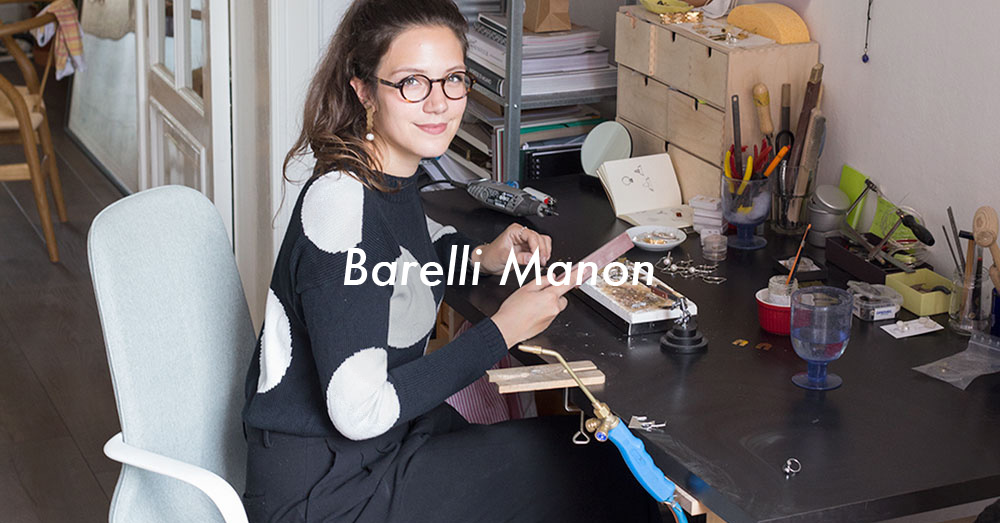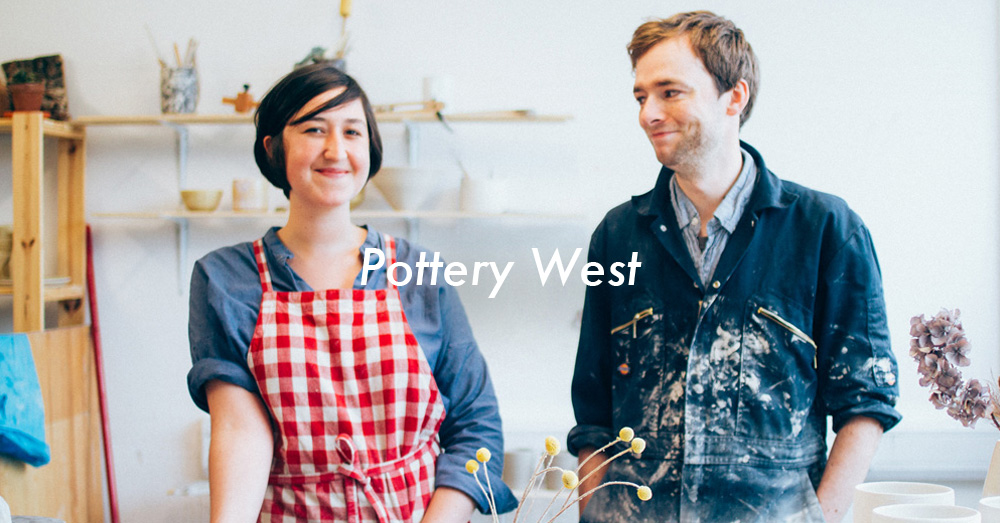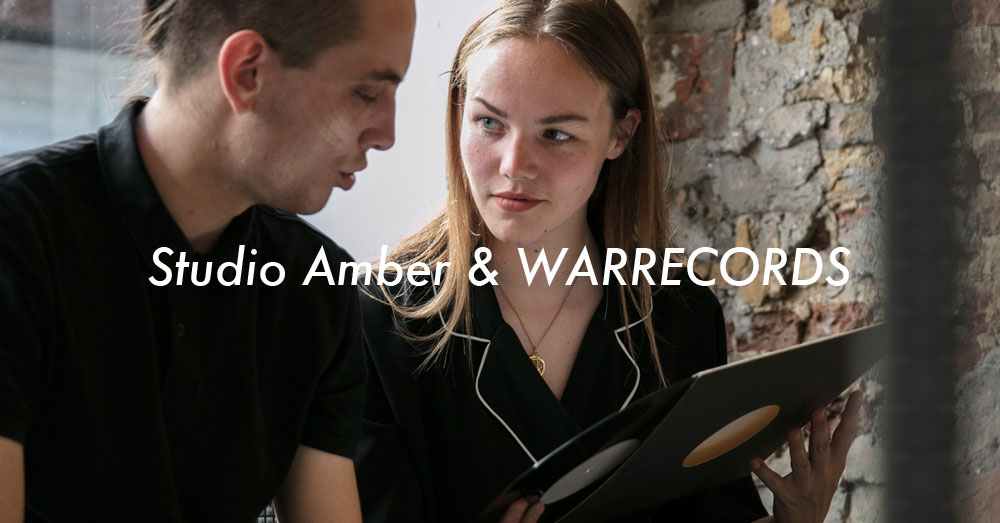Nata Pestune
SUNTREE studio
Nata Pestune found her true career path when she discovered pottery after quitting her job for an IT company. She founded SUNTREE studio in Hamburg with the main goal of creating objects that celebrate beauty and functionality.
We talked to Nata to find out more about her design process, the importance of handmade products and what Hamburg offers as a city to creative people.
Photos by Teresa Enhiak Nanni & interview by Future Positive
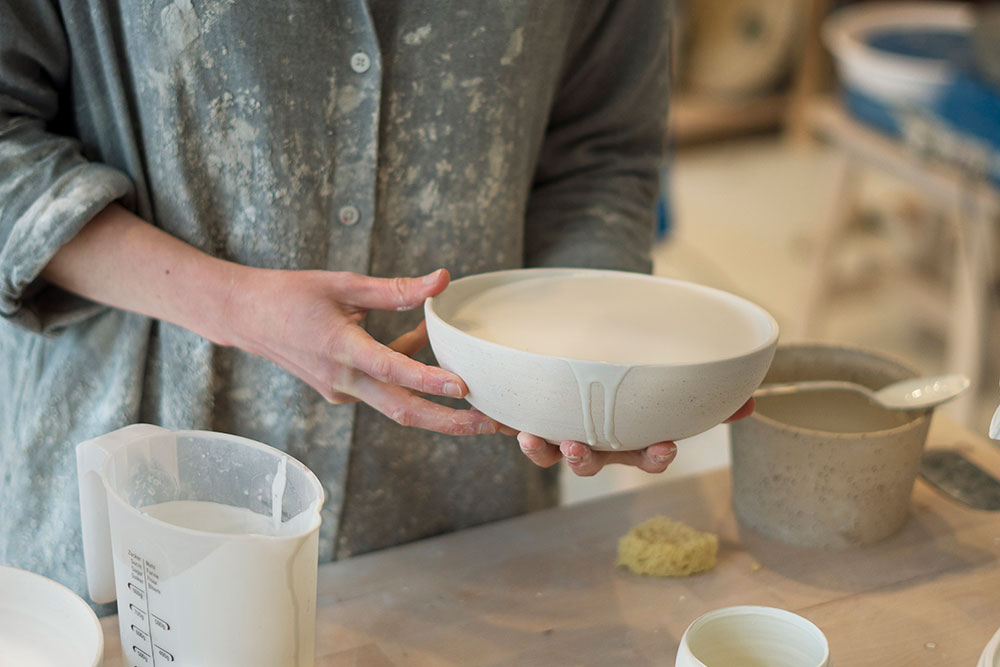
Can you introduce yourself and tell us about your background and education? Where have you lived and what made you settled in Hamburg?
I am originally from a small country on the Baltic See, Latvia. I was raised in a big family, spending a lot of childhood time in the countryside, surrounded by nature and animals. In my teens I developed a deep interest in analog photography but never followed that path and instead chose to study Orientalistics, having Chinese and China studies as a main subject.
I started a MA in History of Ancient Chinese Art in Hangzhou, China, but left it unfinished. I spent two years in the country travelling, learning the language and discovering new places. It was a very challenging but special time, from which I learned a lot and drew inspiration for my pottery path.
After that, I moved with my now to be husband to a small town in Cornwall, UK, where he was finishing his degree at that time. Later on, in search of work, I landed in Hamburg.
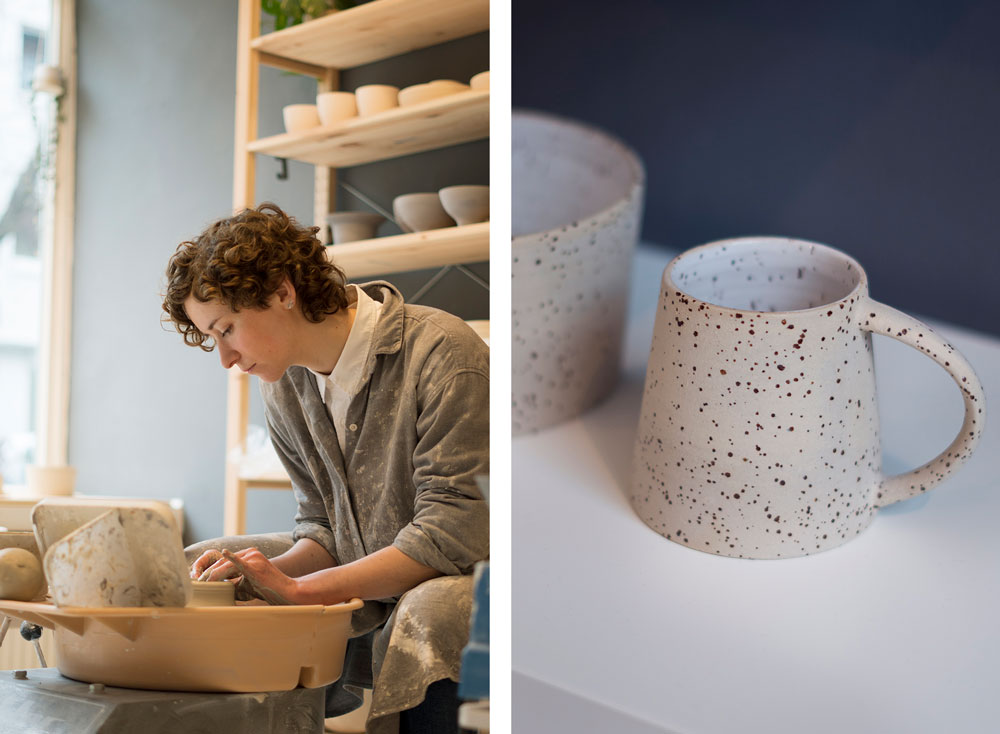
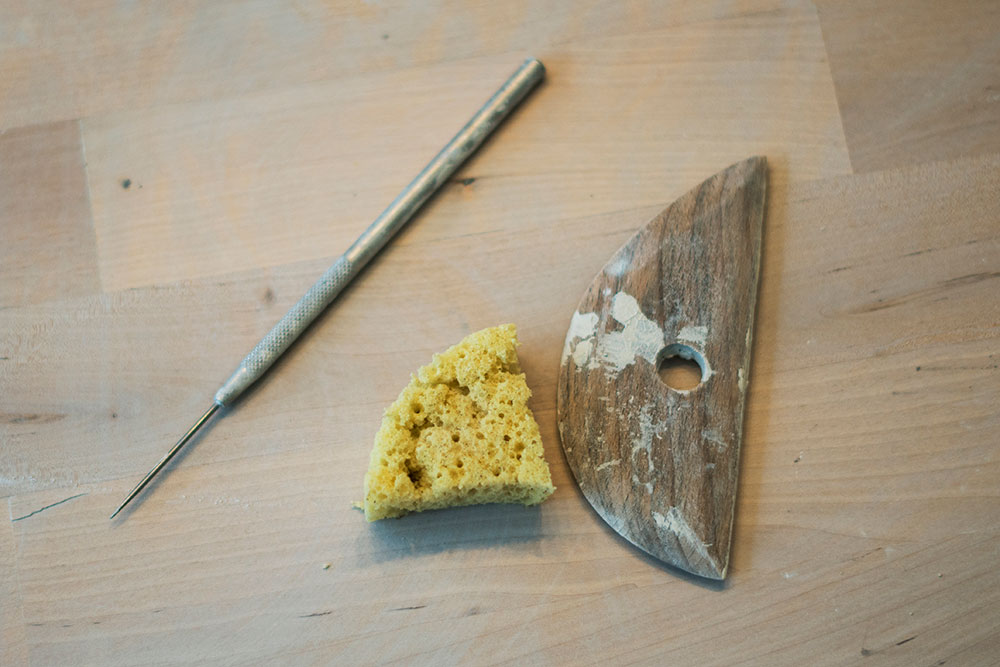
How did SUNTREE studio start?
I worked for an IT company for a year before starting my pottery studio. It was around six or seven years ago. I took one year off after quitting my job and then I discovered clay. I tried different materials and I never thought of developing a career in a creative field — it was more like a healing and search process.
At some point I couldn’t stop doing it and I was dreaming about new shapes and objects I wanted to make. With huge support from my husband I started my own pottery studio and since then I haven’t looked back.
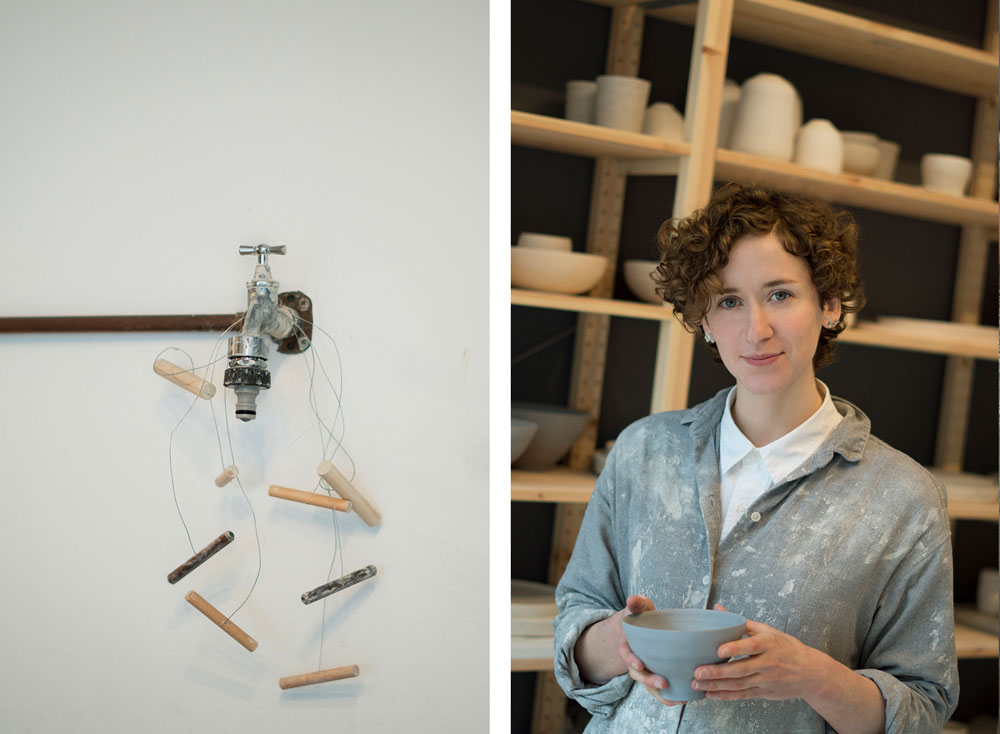
How would you describe your products? What are the main sources of inspiration behind them?
I have been working with clay for around four or five years now and, to be frank, it’s only been in this past year I have clearly realised my goals for this profession.
I am not focusing on creating similar objects, although I do have collections that I keep making over and over again, but my main goal is creating objects that celebrate beauty and functionality. Objects that can be easily integrated in every home, and can be used everyday and cherished. It’s about each individual piece and the story that this or that vessel tells us. Well, I guess it’s still hard to describe it with words, but I hope with time it can be seen or felt through my work.
These past years I haven’t searched or have felt the need for inspiration. It was mostly about creating intuitively, looking closely at every shape and object, listening to see if this is what I wanted to create. Sometimes new shapes emerge without me thinking about them beforehand. Then I recreate a family of objects with a similar feeling, shape, clay and glaze.
What does tableware mean to you? Why have you decided to focus on this type of products?
I like objects to be functional and beautiful. Tableware is something we use daily, so why not integrate something special into our everyday?
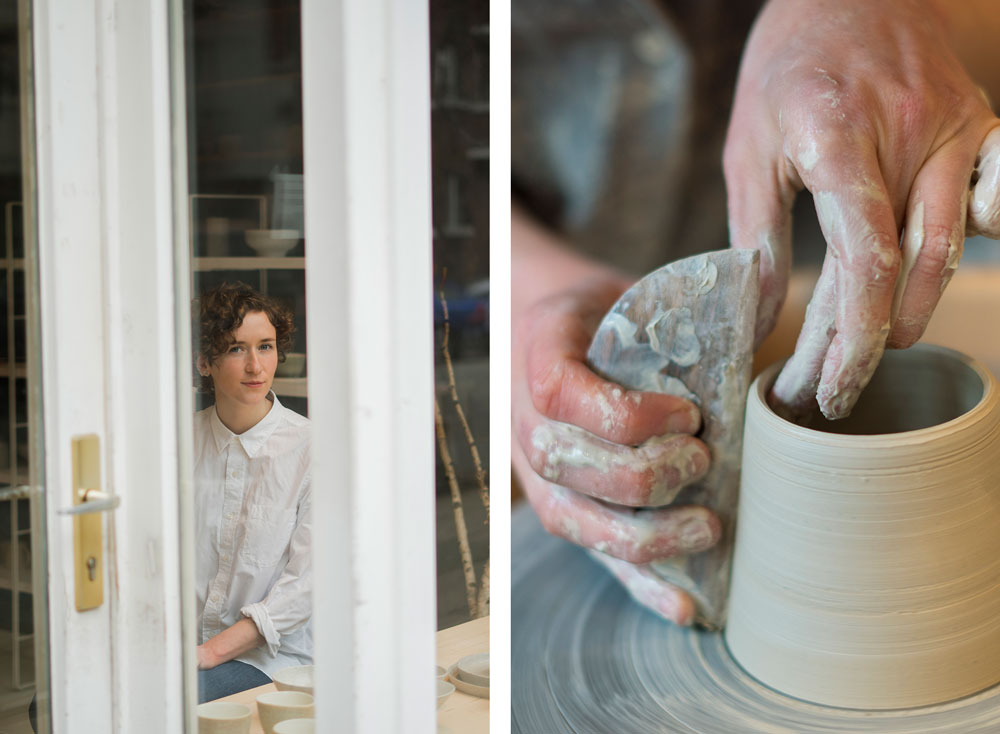
All of your pieces are handmade, can you explain your design and production process? Why should people invest more in handmade products?
I love working slowly and at a small scale, not overproducing, intuitively. I usually have an idea in mind that I first bring into shape and then start changing it, recreating the same object with slight differences. At some point, I look at the object and finally have a feeling that this is what I was looking for. It brings joy to work with your hands and, also, this whole process of patience and work that, sometimes, involves failures, starting all over again from scratch or dropping the idea behind.
Regarding the second question, I am really not against big and affordable design for everyone. I guess it’s more about the conscious choice that each individual person makes. We can cherish a cheap second hand plate or even an Ikea cup the same way we cherish a bowl made by a local maker. It depends on how we treat the objects around us in general.
For me, choosing handmade objects from a local maker is like going back to the older times, when we knew who made our clothes, our furniture…. I really love this idea. It’s a bit about nostalgia as well and, at the same time, about sustainability. It’s about supporting each other and “small and made with great love” things. I love that. And knowing that every handmade object has a very individual story behind.
I am very happy to know exactly where my cups and bowls end up living. My heart sings knowing that this exact person is drinking coffee from this cup every day. From the cup I made. Somehow it unites us all. It makes this world more hearty.
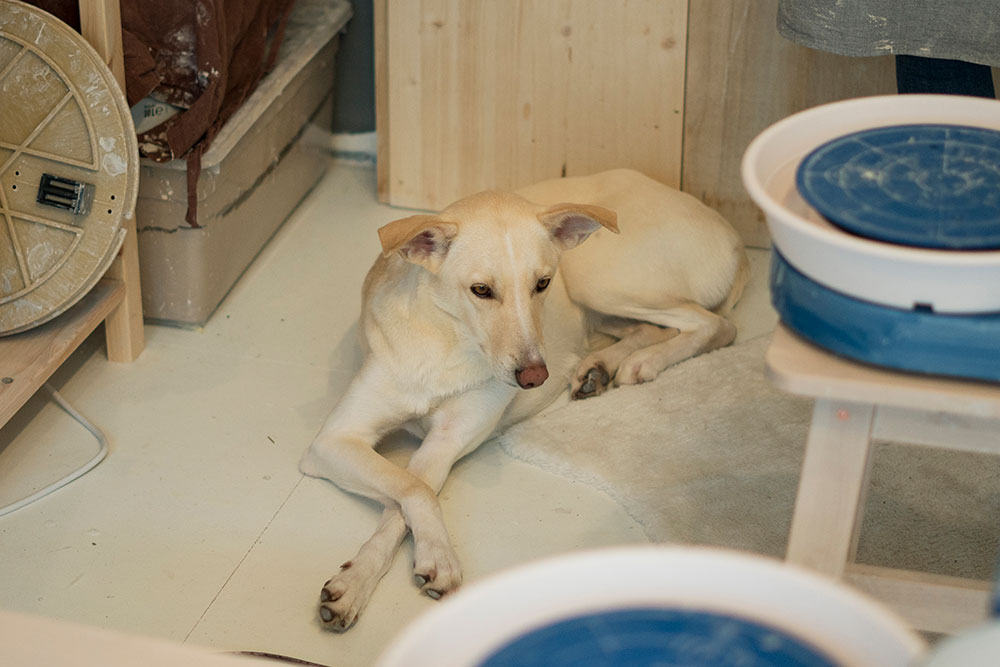
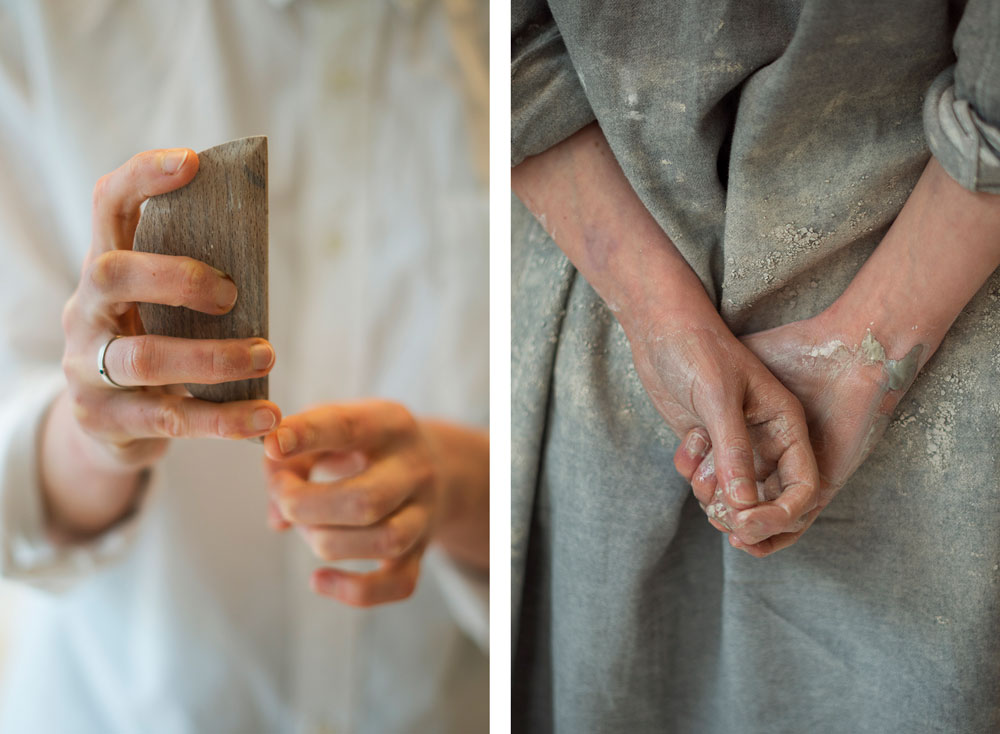
Apart from designing and creating your own pieces, you also run different workshops at your studio. Can you tell us more about them and what people can learn?
I started teaching two years ago and now I do it on a regular basis. It’s a great way for me to integrate and to get to meet new people. Now that I think about it, I finally felt like home in Hamburg the moment I started giving workshops. I guess I was missing the contact with local people. I am lucky that some of the people I met have become friends.
The main workshop I give is a ten-hour course, in small groups of four people, where everyone can learn all they need to learn to be able to create their own handmade piece. Some students are also coming back and deepening their knowledge.
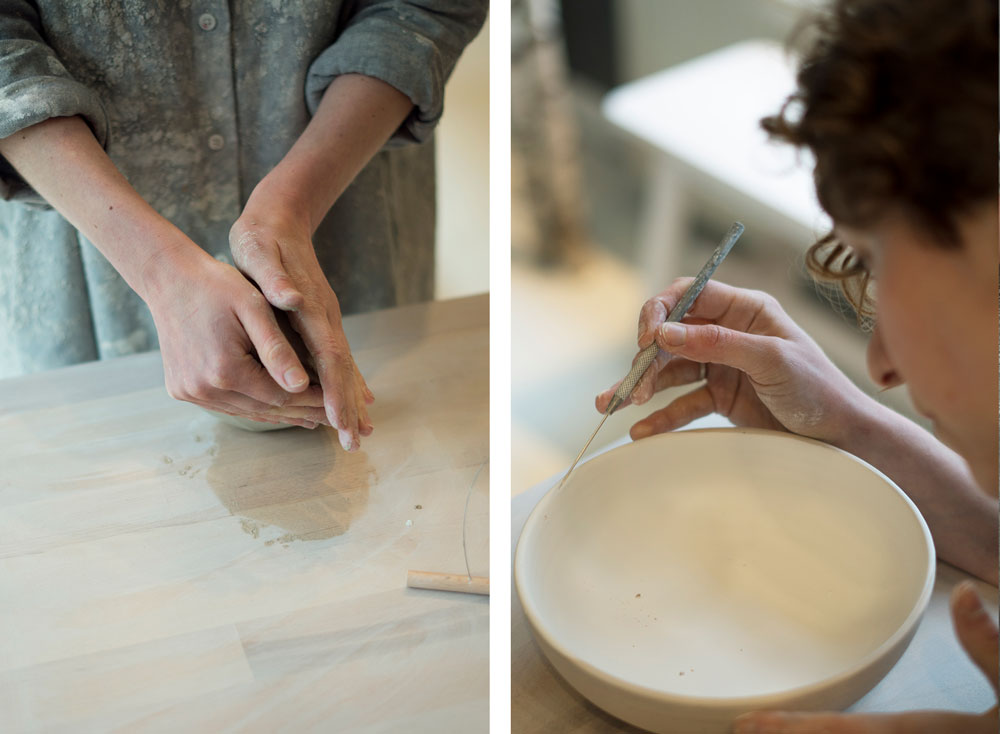
Does living in Hamburg influence your work in any way? What does the city offer to creative people like you?
In a way, it does. When I started with pottery I was making a lot of tiny objects for tea, being influenced by tea culture and living in China. But here in Hamburg, I realised people are much more into bigger cups, plates, bowls and also into coffee. That’s why I have added more vessels for this drink and now also make bigger size cups, bowls and plates.
Hamburg is really great for living. It’s green, perfect for biking or water sports and there is always something happening here like exhibitions or great concerts. Forests and natural resorts are also very close by car or even by bike.
I am not much into the “city life” and prefer being in quiet places, but Hamburg is great in any kind of way. Everyone can find something for them to feel at home here.
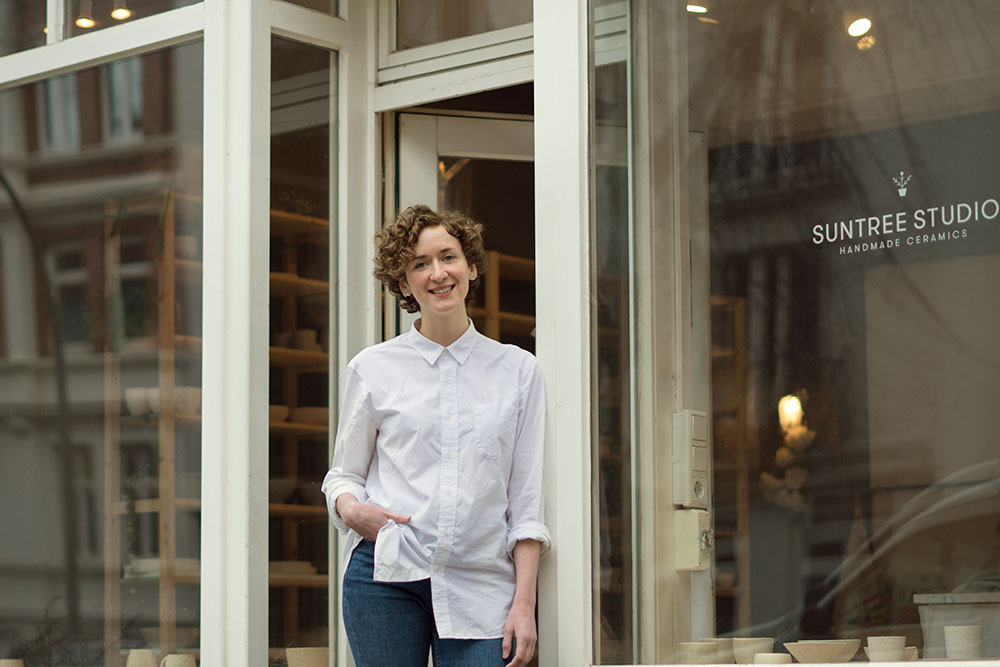
What are your favourite places in the city?
As I mentioned before, I love being in quiet places, forests, or near the water but still love having a walk in the busy Eimsbüttel and Eppendorf (where my studio is located). It is packed with cafés and people celebrating life — such a lovely atmosphere.
A year ago we rented a tiny piece of land and bought a tiny garden house, it’s called Schrebergarten and it’s very common here. I guess this is the place you find me as soon as it gets warm. The place is near the river and during summer I take my wheel there and work outdoors. And gardening in the city — that’s also my thing!

